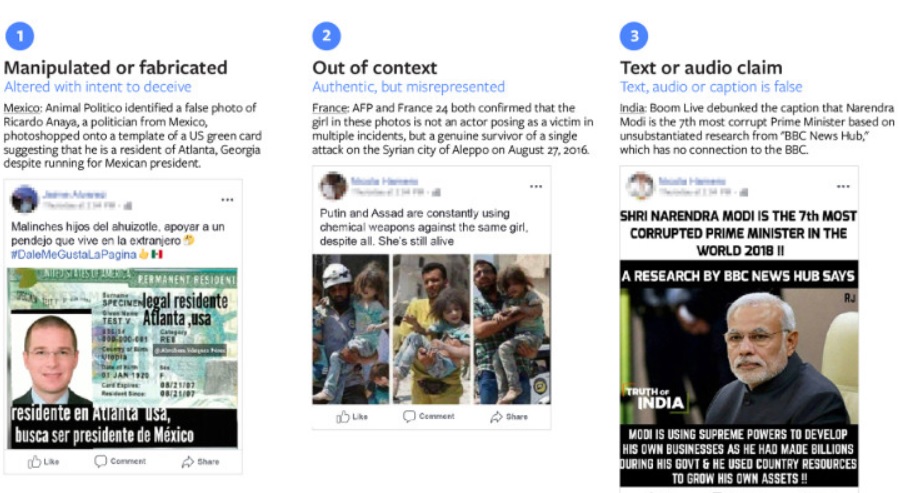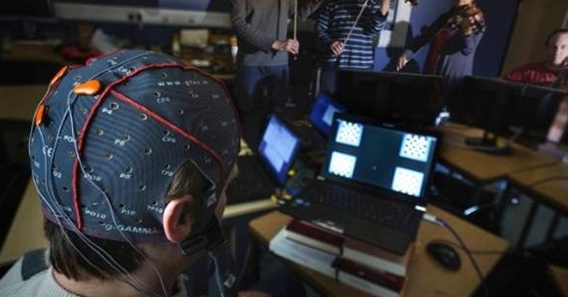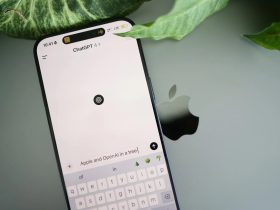
Facebook is no doubt the biggest social media platform but now gradually it has become the biggest source of misinformation and rumors. It has been found that a huge portion of the photos and videos shared over Facebook contain crap information that has no base, no truth.
Facebook thus announced that the company, along with its partners will be conducting fact checking to separate the misinformation. The fact checking team gives different types of ratings based on the extent of misinformation. Check out the rating as stated by Facebook:
Facebook’s third-party fact-checker product provides eight rating options:
- False: The primary claim(s) in this content are factually inaccurate. This generally corresponds to “false” or “mostly false” ratings on fact checkers’ sites.
- Mixture: The claim(s) of the content are a mix of accurate and inaccurate or the article is misleading or incomplete.
- True: The primary claim(s) in the article are factually accurate. This generally corresponds to “true” or “mostly true” ratings on fact checkers’ sites.
- Satire: The content is posted by a Page or domain that is a known satire publication, or a reasonable person would understand the content to be irony or humour with a social message. It still may benefit from additional context.
- Opinion: The content expressed a personal opinion, advocates a point of view (e.g. on a social or political issue) or is self-promotional.
- Not eligible: The content does not contain a verifiable claim that can be fact-checked and should be removed from the queue.
- Prank generator: Websites that allow users to create their own “prank” news stories to share on social media sites.
- Not rated: This is the default state before you have fact-checked content or if the URL is broken. Leaving it in this state (or returning to this rating from another rating) means that we should take no action based on your rating.
Facebook will scan all photos, small videos that are the biggest hub of misinformation. Facebook will incorporate machine language learning model accompanies with journalistic practices to check the images and videos. The images and videos will be check by fact checkers.
Antonia Woodford, Product Manager at Facebook, said:
“As we get more ratings from fact-checkers on photos and videos, we will be able to improve the accuracy of our machine learning model. We are also leveraging other technologies to better recognize false or misleading content. For example, we use optical character recognition (OCR) to extract text from photos and compare that text to headlines from fact-checkers’ articles. We are also working on new ways to detect if a photo or video has been manipulated. These technologies will help us identify more potentially deceptive photos and videos to send to fact-checkers for manual review.”






Leave a Reply